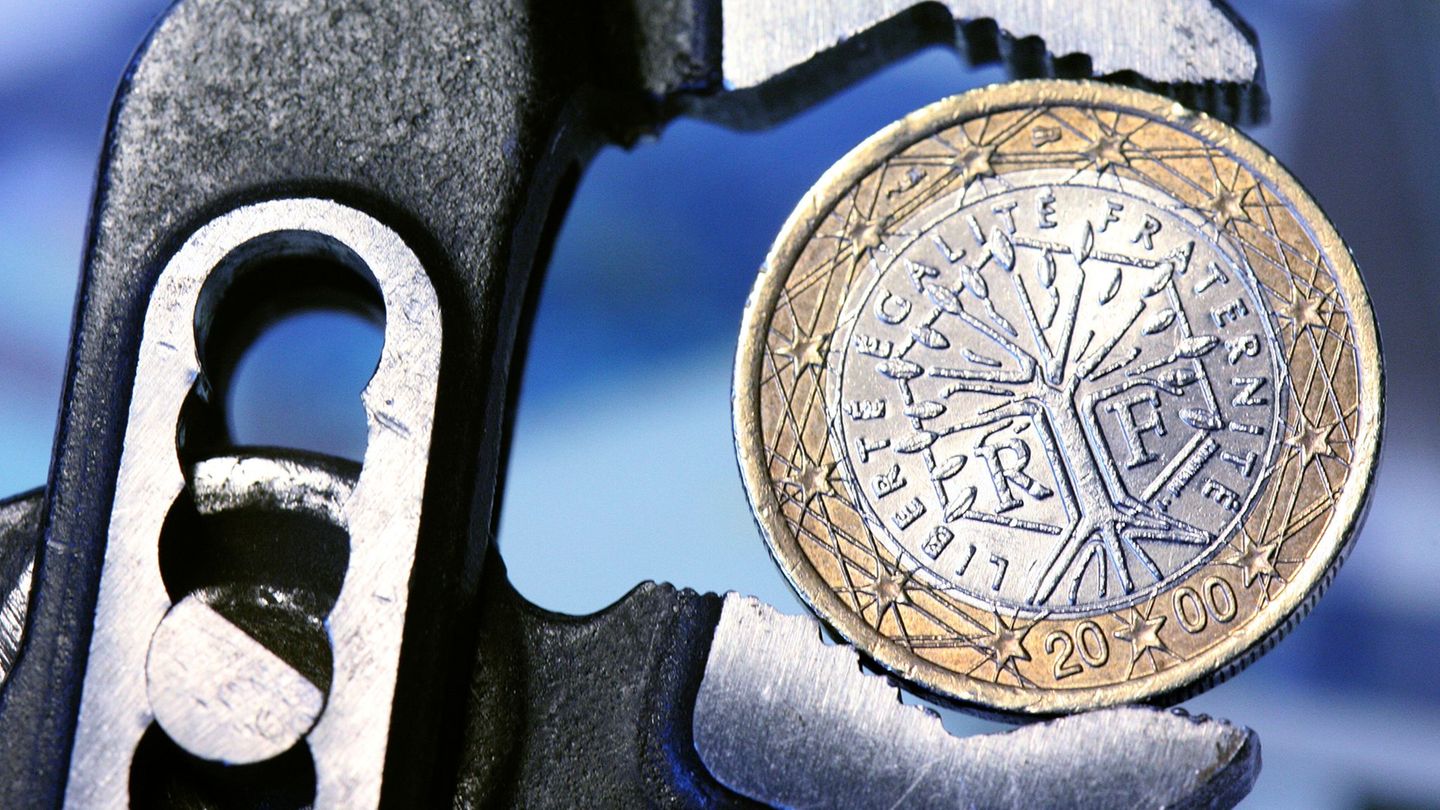In order to better protect people in the event of a disaster, the federal government wants to establish so-called cell broadcasting. But the introduction of the warning system is not fast enough for some.
On the planned nationwide warning day, the warning of the population via the so-called cell broadcast system is to be tested for the first time.
The exact date for the warning day, which will probably be in September, has not yet been determined, said a spokeswoman for the Federal Office for Civil Protection and Disaster Assistance (BBK) on request. With cell broadcasting, all mobile phone users who are in a radio cell at a certain time receive a message that looks like an SMS. Unlike the warning apps Nina and Katwarn, this also reaches people who do not use a smartphone.
The BBK, whose previous president Armin Schuster is to become Minister of the Interior in Saxony next week, announced that the upgrading of the modular warning system and the provision of the interfaces to the mobile network operators will be completed by June 30th. “The goal of everyone involved is to implement the system as quickly as possible and thus switch from test operation to active operation,” said the BBK.
Criticism of slow implementation
It is expected that the mobile network operators will provide a trial version for cell broadcasting by the warning day. The network operators and end device manufacturers have until February 2023 for normal operation. In a technical guideline published by the Federal Network Agency on February 24, certain security standards are specified, among other things, so that hackers cannot send false warnings.
Several politicians called for speed in the introduction of the system. FDP domestic politician Sandra Bubendorfer-Licht had told the news portal “The Pioneer” this week with a view to cell broadcasting: “We missed it, sloppy, procrastinated.” North Rhine-Westphalia’s Interior Minister Herbert Reul (CDU) spoke in the “Rheinische Post” of an “annoying time delay”. However, this does not prevent North Rhine-Westphalia from improving the state-wide warning infrastructure.
The demand for a quick implementation of the SMS warning system also came from the Greens parliamentary group. «Cell broadcasting is an important building block for being able to reach people in the event of a disaster. That’s why it’s important to set it up quickly, it can save lives,” said Greens domestic politician Leon Eckert of the “Rheinische Post”. “But this requires more resources and staff in the BBK.” The flood disaster last year and the war in Ukraine made it clear that the protection of people in Germany is one of the key issues for the future.
Ministry of the Interior: There is no delay
The Federal Ministry of the Interior said that the German warning mix via app, radio, television, city information boards and the Internet already meets the requirements of the EU code for electronic communication. Cell broadcasting is a useful addition here. A ministry spokeswoman told the “Rheinische Post”: “There is no delay in relation to the introduction of cell broadcast in Germany.”
The federal government created the legal basis for the introduction of cell broadcasting after the flood disaster last July. At that time there was criticism that many citizens had not been warned in good time and urgently enough about the impending floods. More than 180 people lost their lives in Rhineland-Palatinate and North Rhine-Westphalia.
A lot went wrong on the first nationwide warning day on September 10, 2020. Among other things, the message from the warning apps Nina and Katwarn only arrived on the smartphones a good half hour late. If it had been an emergency, many citizens would not have noticed. The Federal Ministry of the Interior had therefore described the test alarm as “failed”.
Source: Stern
David William is a talented author who has made a name for himself in the world of writing. He is a professional author who writes on a wide range of topics, from general interest to opinion news. David is currently working as a writer at 24 hours worlds where he brings his unique perspective and in-depth research to his articles, making them both informative and engaging.




